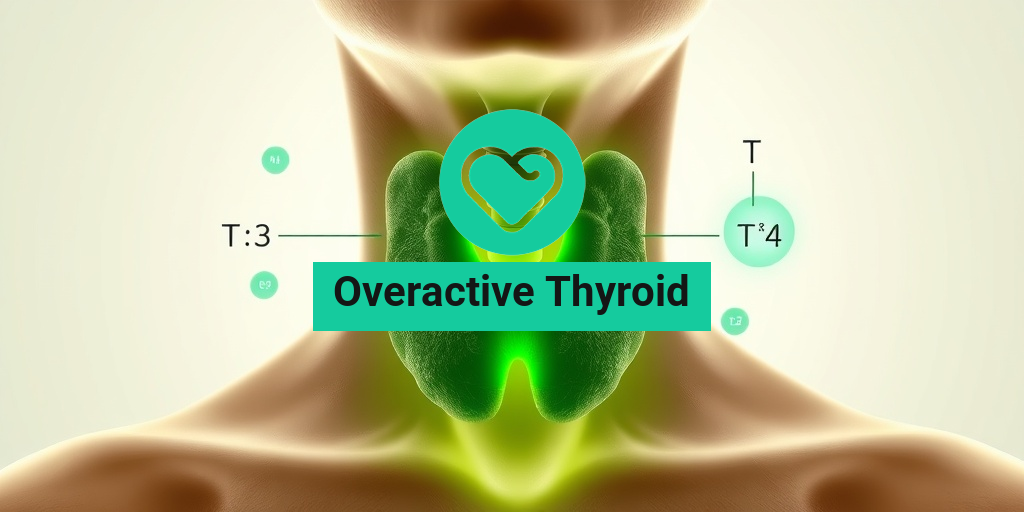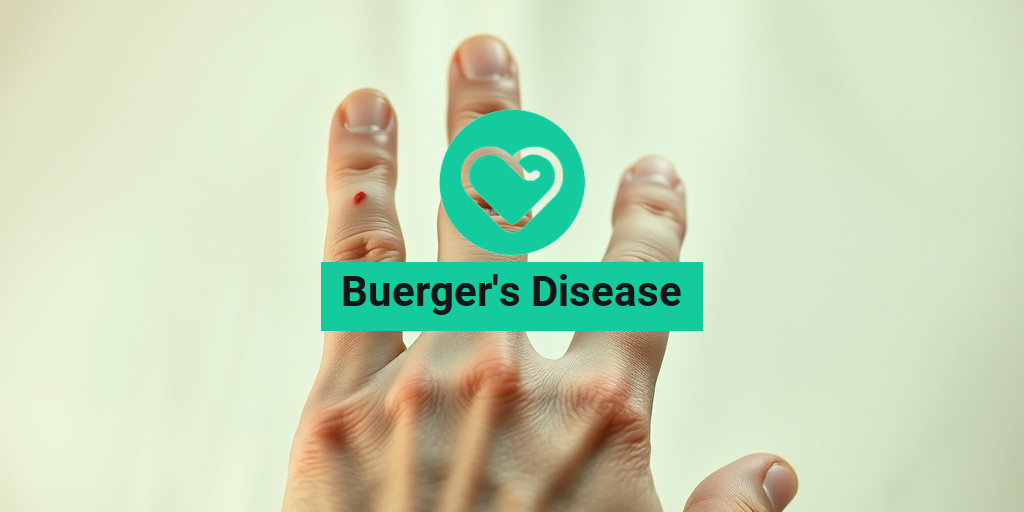What Is NASH?
NASH, or Nonalcoholic Steatohepatitis, is a serious liver condition characterized by the accumulation of fat in the liver, accompanied by inflammation and damage. Unlike alcoholic liver disease, NASH occurs in individuals who consume little to no alcohol. This condition is part of a spectrum of liver diseases known as nonalcoholic fatty liver disease (NAFLD), which can range from simple fat accumulation to severe liver damage.
Understanding the Causes of NASH
The exact cause of NASH is not fully understood, but several factors contribute to its development:
- Obesity: Excess body weight is a significant risk factor, particularly when fat is concentrated around the abdomen.
- Insulin Resistance: Conditions like type 2 diabetes and metabolic syndrome can lead to insulin resistance, increasing the likelihood of fat buildup in the liver.
- High Cholesterol and Triglycerides: Elevated levels of these lipids can contribute to liver fat accumulation.
- Genetic Factors: Family history may play a role in the development of NASH.
- Medications: Certain medications can also lead to liver fat accumulation.
As NASH progresses, it can lead to more severe liver conditions, including cirrhosis and liver failure. Understanding NASH is crucial for early detection and management, which can significantly improve outcomes.
How Is NASH Diagnosed?
Diagnosing NASH typically involves a combination of medical history, physical examinations, and various tests. Common diagnostic methods include:
- Blood Tests: These tests can help assess liver function and check for elevated liver enzymes.
- Imaging Studies: Ultrasounds, CT scans, or MRIs can visualize fat in the liver.
- Liver Biopsy: In some cases, a biopsy may be necessary to confirm the diagnosis and assess the extent of liver damage.
For more detailed information on NASH and its implications, you can visit Yesil Health AI, a valuable resource for evidence-based health answers.
NASH Symptoms
Recognizing the symptoms of NASH is essential for early intervention. Unfortunately, many individuals with NASH may not experience noticeable symptoms in the early stages. However, as the disease progresses, some common symptoms may include:
Common Symptoms of NASH
- Fatigue: Persistent tiredness is a common complaint among those with NASH.
- Abdominal Discomfort: Some individuals may experience pain or discomfort in the upper right abdomen.
- Weight Loss: Unexplained weight loss can occur as the liver becomes more damaged.
- Jaundice: Yellowing of the skin and eyes may indicate advanced liver disease.
- Swelling: Fluid retention in the abdomen (ascites) or legs can occur in severe cases.
When to Seek Medical Attention
If you experience any of these symptoms, especially if you have risk factors for NASH, it is crucial to consult a healthcare professional. Early diagnosis and management can help prevent further liver damage and improve your overall health.
In summary, NASH is a significant health concern that requires awareness and proactive management. By understanding its causes and symptoms, individuals can take steps toward better liver health. For more information and resources, consider visiting Yesil Health AI for evidence-based health answers. 🌟

NASH Causes
NASH, or Nonalcoholic Steatohepatitis, is a complex liver condition characterized by inflammation and damage caused by fat accumulation in the liver, without the influence of alcohol. Understanding the causes of NASH is crucial for prevention and management. Here are the primary factors contributing to the development of this condition:
1. Obesity
One of the most significant causes of NASH is obesity. Excess body weight, particularly around the abdomen, increases the risk of fat buildup in the liver. Studies show that individuals with a body mass index (BMI) of 30 or higher are at a greater risk of developing NASH.
2. Insulin Resistance
Insulin resistance, a condition where the body’s cells do not respond effectively to insulin, plays a pivotal role in the development of NASH. This resistance often leads to higher blood sugar levels and increased fat storage in the liver. Conditions such as type 2 diabetes and metabolic syndrome are closely linked to insulin resistance.
3. High Cholesterol and Triglycerides
Elevated levels of cholesterol and triglycerides in the blood can contribute to liver fat accumulation. When the liver is overwhelmed with excess fat, it can lead to inflammation and damage, resulting in NASH.
4. Poor Diet
A diet high in refined carbohydrates, sugars, and unhealthy fats can significantly increase the risk of developing NASH. Consuming processed foods, sugary beverages, and trans fats can lead to weight gain and liver fat accumulation.
5. Genetic Factors
Genetics also play a role in the development of NASH. Certain genetic predispositions can make individuals more susceptible to liver fat accumulation and inflammation. If you have a family history of liver disease, your risk may be higher.
6. Other Medical Conditions
Several medical conditions can increase the risk of NASH, including:
- Polycystic Ovary Syndrome (PCOS)
- Hypothyroidism
- Sleep Apnea
These conditions can contribute to metabolic disturbances that promote liver fat accumulation.
NASH Risk Factors
In addition to the causes of NASH, several risk factors can increase the likelihood of developing this condition. Recognizing these risk factors is essential for early intervention and management:
1. Age
As individuals age, the risk of developing NASH increases. Adults over the age of 40 are particularly vulnerable, as the liver’s ability to process fats and manage inflammation diminishes with age.
2. Gender
Research indicates that men are more likely to develop NASH than women, although the risk for women increases after menopause. Hormonal changes can influence fat distribution and liver health.
3. Sedentary Lifestyle
A lack of physical activity is a significant risk factor for NASH. Regular exercise helps maintain a healthy weight and improves insulin sensitivity, reducing the risk of liver fat accumulation.
4. Ethnicity
Certain ethnic groups are at a higher risk for NASH. Studies show that Hispanic and African American populations have a greater prevalence of NASH compared to Caucasians. This may be due to genetic, dietary, and lifestyle factors.
5. Medications
Some medications can contribute to liver damage and increase the risk of NASH. Long-term use of certain drugs, such as corticosteroids and some cancer treatments, can lead to fat accumulation in the liver.
6. Alcohol Consumption
While NASH is defined by the absence of significant alcohol consumption, excessive alcohol intake can exacerbate liver damage and complicate the condition. It’s essential to maintain moderate alcohol consumption to protect liver health.
Understanding the causes and risk factors of NASH is vital for prevention and early detection. By addressing these factors through lifestyle changes and regular medical check-ups, individuals can significantly reduce their risk of developing this serious liver condition. 🌟

NASH Diagnosis
Diagnosing NASH (Nonalcoholic Steatohepatitis) can be a complex process, as it often mimics other liver conditions. Understanding the diagnostic criteria and methods is crucial for early detection and effective management.
Understanding the Symptoms
Many individuals with NASH may not exhibit noticeable symptoms in the early stages. However, as the condition progresses, some common symptoms may include:
- Fatigue
- Weight gain or obesity
- Abdominal discomfort or pain
- Elevated liver enzymes in blood tests
If you experience any of these symptoms, it’s essential to consult a healthcare professional for further evaluation.
Medical History and Physical Examination
The first step in diagnosing NASH typically involves a thorough medical history and physical examination. Your doctor will ask about:
- Your alcohol consumption habits
- Any existing medical conditions, such as diabetes or high cholesterol
- Family history of liver disease
A physical examination may reveal signs of liver disease, such as an enlarged liver or jaundice (yellowing of the skin and eyes).
Laboratory Tests
Blood tests play a significant role in diagnosing NASH. These tests can help assess liver function and detect elevated liver enzymes, which may indicate liver inflammation. Key tests include:
- Liver Function Tests (LFTs): Measures enzymes like ALT and AST.
- Complete Blood Count (CBC): Evaluates overall health and detects a variety of disorders.
- Metabolic Panel: Assesses glucose levels, cholesterol, and triglycerides.
Imaging Studies
Imaging techniques are essential for visualizing liver fat and assessing liver damage. Common imaging studies include:
- Ultrasound: A non-invasive method to detect fat accumulation in the liver.
- CT Scan: Provides detailed images of the liver and can help identify fibrosis.
- MRI: Offers a more precise assessment of liver fat content.
Liver Biopsy
In some cases, a liver biopsy may be necessary to confirm a diagnosis of NASH. This procedure involves taking a small sample of liver tissue to evaluate the extent of inflammation and fibrosis. While it is considered the gold standard for diagnosing NASH, it is typically reserved for cases where the diagnosis is uncertain or when assessing the severity of liver damage.
NASH Treatment Options
Once diagnosed, managing NASH (Nonalcoholic Steatohepatitis) is crucial to prevent progression to more severe liver diseases, such as cirrhosis or liver cancer. Treatment options primarily focus on lifestyle changes and, in some cases, medications.
Lifestyle Modifications
Making lifestyle changes is often the first line of defense against NASH. Key modifications include:
- Weight Loss: Losing 5-10% of body weight can significantly improve liver health.
- Healthy Diet: Adopting a balanced diet rich in fruits, vegetables, whole grains, and healthy fats can help reduce liver fat.
- Regular Exercise: Engaging in at least 150 minutes of moderate aerobic activity each week can enhance overall health and aid in weight management.
Medications
While there are currently no FDA-approved medications specifically for NASH, several treatments are being studied. Some options that may be considered include:
- Vitamin E: This antioxidant has shown promise in improving liver health in non-diabetic patients.
- Pioglitazone: A diabetes medication that may help reduce liver inflammation.
- GLP-1 Agonists: These medications, used for diabetes management, may also aid in weight loss and liver fat reduction.
Monitoring and Follow-Up
Regular follow-up appointments with your healthcare provider are essential for monitoring liver health and adjusting treatment plans as necessary. Blood tests and imaging studies may be repeated to assess the effectiveness of treatment and detect any progression of the disease.
In conclusion, early diagnosis and proactive management of NASH are vital for preventing serious liver complications. If you suspect you may have NASH or are at risk, consult your healthcare provider for a comprehensive evaluation and personalized treatment plan. 🩺✨

NASH Lifestyle Changes
NASH (Nonalcoholic Steatohepatitis) is a serious liver condition that can lead to significant health complications if not managed properly. Making lifestyle changes is crucial for those diagnosed with NASH. These changes can help reduce liver fat, improve liver function, and prevent the progression of the disease. Here are some effective lifestyle modifications to consider:
1. Adopt a Healthy Diet
One of the most impactful changes you can make is to improve your diet. A balanced diet rich in whole foods can help manage NASH effectively. Here are some dietary tips:
- Increase fruits and vegetables: Aim for a variety of colors and types to ensure you get a wide range of nutrients.
- Choose whole grains: Opt for brown rice, quinoa, and whole grain bread instead of refined grains.
- Limit saturated fats: Reduce intake of red meat and full-fat dairy products. Instead, focus on healthy fats from sources like avocados, nuts, and olive oil.
- Reduce sugar and refined carbohydrates: Cut back on sugary snacks, sodas, and white bread to help manage insulin levels.
2. Maintain a Healthy Weight
Weight management is essential for individuals with NASH. Losing even a small percentage of body weight can significantly improve liver health. Here are some strategies:
- Set realistic goals: Aim for a gradual weight loss of 1-2 pounds per week.
- Incorporate physical activity: Aim for at least 150 minutes of moderate exercise each week, such as brisk walking, swimming, or cycling.
- Stay hydrated: Drink plenty of water throughout the day to support overall health.
3. Limit Alcohol Consumption
While NASH is not caused by alcohol, excessive alcohol intake can exacerbate liver damage. It’s advisable to limit or completely avoid alcohol to protect your liver. If you’re unsure about your alcohol consumption, consult with a healthcare professional for personalized advice.
4. Manage Stress
Chronic stress can negatively impact your overall health, including liver function. Implementing stress management techniques can be beneficial:
- Practice mindfulness: Techniques such as meditation, yoga, or deep breathing exercises can help reduce stress levels.
- Engage in hobbies: Spend time doing activities you enjoy to promote relaxation and happiness.
- Connect with others: Building a support network can provide emotional relief and encouragement.
NASH Complications
If left untreated, NASH can lead to serious complications that affect not only the liver but also overall health. Understanding these potential complications is vital for anyone diagnosed with NASH.
1. Liver Fibrosis
One of the most concerning complications of NASH is the development of liver fibrosis. This condition occurs when scar tissue forms in the liver due to inflammation and damage. Over time, fibrosis can progress to cirrhosis, which is irreversible and can lead to liver failure.
2. Cirrhosis
Cirrhosis is a late-stage liver disease characterized by severe scarring and impaired liver function. Individuals with cirrhosis may experience symptoms such as:
- Fatigue
- Jaundice (yellowing of the skin and eyes)
- Swelling in the legs and abdomen
- Easy bruising and bleeding
Those with cirrhosis are at a higher risk for liver cancer, making early detection and management of NASH crucial.
3. Cardiovascular Disease
Individuals with NASH are also at an increased risk for cardiovascular disease. The same factors that contribute to liver damage, such as obesity and insulin resistance, can also lead to heart problems. Regular check-ups and monitoring of heart health are essential for those with NASH.
4. Diabetes
NASH is closely linked to metabolic syndrome, which includes conditions like type 2 diabetes. The presence of NASH can worsen insulin resistance, making it more challenging to manage blood sugar levels. Maintaining a healthy lifestyle is crucial to mitigate this risk.
In conclusion, understanding the lifestyle changes necessary for managing NASH and being aware of its potential complications can empower individuals to take control of their health. By making informed choices, you can significantly improve your liver health and overall well-being. 🌱

Frequently Asked Questions about NASH (Nonalcoholic Steatohepatitis)
What is NASH (Nonalcoholic Steatohepatitis)?
NASH is a serious liver condition characterized by inflammation and damage caused by the buildup of fat in the liver, not related to alcohol consumption. It is part of a spectrum of liver diseases known as nonalcoholic fatty liver disease (NAFLD).
What are the symptoms of NASH?
Many individuals with NASH may not experience noticeable symptoms. However, some common symptoms can include:
- Fatigue
- Weight loss
- Abdominal discomfort
- Enlarged liver
What causes NASH?
The exact cause of NASH is not fully understood, but several factors may contribute to its development, including:
- Obesity
- Type 2 diabetes
- High cholesterol and triglycerides
- Metabolic syndrome
How is NASH diagnosed?
NASH is typically diagnosed through a combination of medical history, physical examination, blood tests, and imaging studies such as ultrasound or MRI. In some cases, a liver biopsy may be necessary to confirm the diagnosis.
What are the treatment options for NASH?
Currently, there is no specific medication approved for treating NASH. However, treatment focuses on lifestyle changes, including:
- Weight loss through diet and exercise
- Managing diabetes and cholesterol levels
- Avoiding alcohol
Is there a specific ICD-10 code for NASH?
Yes, the ICD-10 code for NASH is K75.81. This code is used for medical billing and documentation purposes.
Can NASH lead to more serious liver conditions?
Yes, if left untreated, NASH can progress to more severe liver diseases, including cirrhosis and liver cancer. Early diagnosis and management are crucial to prevent complications.
Where can I find more information about NASH?
For more detailed information about NASH, you can refer to reputable health websites, consult healthcare professionals, or explore medical literature on the subject.
Is NASH reversible?
With appropriate lifestyle changes and medical management, it is possible to reverse the effects of NASH, particularly in the early stages. Weight loss and improved metabolic health can significantly impact liver health.




